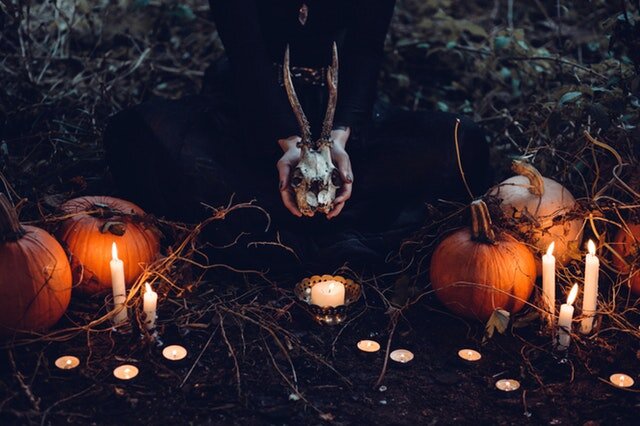How to Create Horror Sound Effects That Are Truly Eerie
Horror films are all about sound. Creating that specific eerie atmosphere is only doable in the audio post-production stage. The easiest way to generate a dark soundscape is to start with, for example, a deep, lowpass-filtered synth sound, or a heavily pitch-shifted atmospheric sound. It is really interesting what can be achieved through sound and frequency manipulation for horror and suspense films.
Horror sounds can be directly recognized and even classified. Next, we will cover how the vast majority of these sounds are made and which techniques and elements you should use for your upcoming horror film project. From gore sound effects and the foley techniques associated with them to shocking sounds and their frequencies, this genre is full of room for experimentation.
Gore Sound Effects
Achieving or creating gore sounds is, to some extent, quite easy. In fact, although there are many great gore sound effects libraries out there, creating their own gore and splatter sound effect once in their career is something audio professionals should do at some point.
There is a myriad of tools for creating the traditional bone-cracking and blood soaking sound effects, especially during the foley stage wherein foley artists, as mentioned in a previous article, always use vegetables and other kinds of food to create those sounds.
Let’s talk about bone breaks, for instance. If your film has several scenes where people get their bones broken by some demonic entity, you really want to make it look, but most importantly sound, as real as possible. Traditionally, the sound associated with bone breaks are those whose nature is rather crunchy —celery or cabbage, for example, are just a couple examples that are widely used by foley artists across the world to get this type of sound.
Leaves or sticks also make a realistic bone-snapping sound when broken properly; twisting several sticks and leaves at once gets you a much more brutal type of sound, which is perfect for dismemberment sounds and crushing rib-cage sounds as well.
Behold: The Watermelon
For all blood splattering, blood dripping and spitting sounds, audio professionals prefer to go back to the realm of food, as it is the only place where they can find the number one go-to fruit for all these gory and crunchy sounds: the watermelon.
There is a sheer array of great hidden sounds in watermelons: you can crunch, cut and rip its peel apart, which is commonly used for dismemberment and body-opening sounds. Additionally, dropping a watermelon from a considerable height makes it explode once it hits the ground, which is perfect for exploding heads and bodies.
Playing with the actual fruit once it is open is another great source of sounds, more specifically splattering sounds: by grabbing, whirling or simply punching right in it, you can achieve outstanding blood splattering sounds that will make your project feel and sound eerier and brutal.
When the zombies became popular, sound professionals and foley artists had to step up their game if they wanted their projects to truly depict what was going on in the moving images, mostly composed about zombies chewing people’s flesh.
Biting and chewing the aforementioned foods and apples, cereals and even pudding is also a great way to achieve these types of sounds. Flesh-eating zombies and monsters sound like celery being chewed, and squeezing tomatoes makes great blood-spurting wounds and arteries.
Having said that, gore sounds, as mentioned earlier, are, to some extent, much easier to achieve, which is why there’s a lot of room for experimentation.
Ghostly Atmospheres
When it comes to ghostly ambiances and atmospheres, we need to leave the food realm for a bit and then start talking about actual audio post-production, as the only way to achieve this type of sound is through frequency manipulation, and low mid and high frequencies are what we’re after.
In the editing stage, there is so much that can be done to alter and customize natural sounds like wood and door creaks, metal clanging, and more to make them sound instantly eerie and surreal. First, start by reversing and pitch shifting those sounds, and then start applying reverb and delay to give them that spooky and phantasmagoric touch.
Scary and Shocking Sounds
Jump scares are another element in horror. What works best for this type of reaction are those sounds that are progressively approaching, loud, high frequency and, in some cases, distorted —especially if the scene before has a more calm and quiet atmosphere. This, alongside with haunting sounds like dissonant strings, screams or added sub-bass effects will truly scare people.
Metal hits or any kind of drum for the impact is what really triggers this reaction, and using reverb or any other sustaining sound for the tail is what will keep the emotion going a bit longer.
*The images used on this post are taken from Pexels.com


